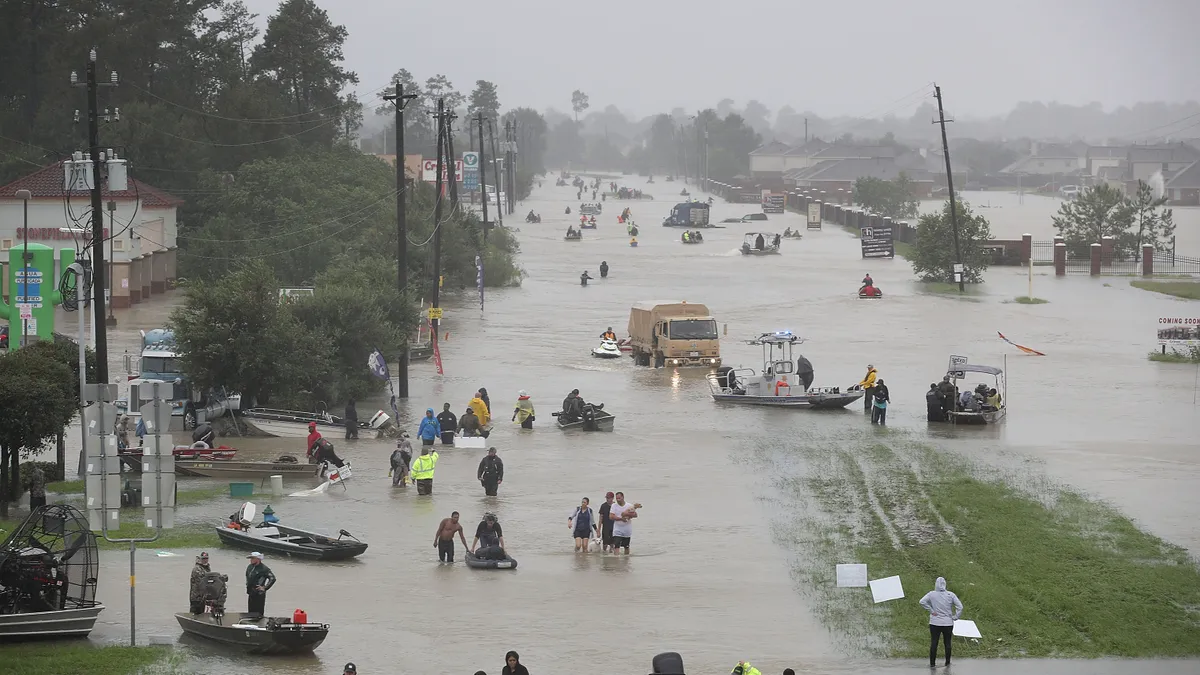Dive Brief:
- The repercussions of Hurricane Harvey and Hurricane Irma will be felt long after landfall. Some effects, such as gas prices or trucking capacity, are easily visible. Many of the business impacts are hidden behind emergency operating costs.
- For this reason, the Institute for Supply Management released a special Report on Business last week, surveying its members over the one-week period surrounding Hurricane Harvey's landfall to assess the storm's impact on six key business metrics, and how these could be affected by supply shortages.
- The report measures the state of prices, supplier deliveries, production, new orders and inventories of input materials, as well as employment. Predictably, prices and supplier deliveries are expected to be most affected by the storm, while overall employment is least affected.
Dive Insight:
"The results of our ISM Report On Business Survey indicate ongoing challenges for US companies with pricing, supplier deliveries, and certain commodities because of the storm," said Thomas W. Derry, CEO of the Institute for Supply Management in the report. "We are encouraged, however, by data indicating that the effect on production, new orders, and employment will be relatively minimal."
The products in short supply for this special report predictably coincide with Texas' top exports, with respondents indicating they expect "fuel and petrochemical feed stocks and derivatives could be in short supply three months out." Products in short supply may also include plastic resins, chemicals, electronic components, raw chemicals, building materials and polypropylene. Such widespread commodity shortages led respondents in 27 of the 36 industries to report expected shortages.
The dual landfalls of Hurricane Harvey and Hurricane Irma in a relatively short time period are expected to test the U.S. economy's resilience, affecting far more indicators over the course of the next month.
In addition to supply shortages due to temporarily shuttered production, physical destruction or power outages, the disaster zones are creating a greater demand for basic products than is typical. As the nation sends relief to attempt to meet this demand, freight capacity will also be tested. Already, Freightwaves reports Hurricane Irma left the U.S. Southeast region operating at just 30% capacity, for example.
The ISM report reveals respondents expect the effects of the storms will last far longer than the week after landfall, stretching capacity over the next three to six months. As a result, it's an all-hands-on-deck situation for supply chain managers as logistics, operations and procurement processes are disrupted.













